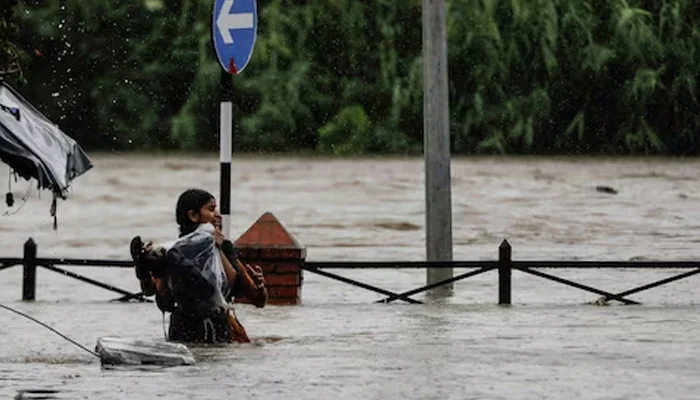Severe weather conditions have claimed the lives of over 100 people across India and Nepal in recent days, as unseasonal heavy rains and thunderstorms swept through the region, triggering widespread damage and prompting warnings of further hazards to come.
The worst-affected state has been Bihar, in eastern India, where at least 82 fatalities have been confirmed over the past two days, according to the state’s disaster management department. Victims were killed in various rain-related incidents, including wall collapses, flooding, and lightning strikes.
In Uttar Pradesh, India’s most populous state, authorities reported that 18 people lost their lives due to storm-related events and lightning.
Across the border in Nepal, the toll has risen as well. Officials from the country’s National Disaster Risk Reduction and Management Authority confirmed that at least eight people have died as a result of heavy rain and lightning strikes over the same period.
Although the monsoon season typically begins in June, this bout of unseasonal rainfall has come as a surprise. The India Meteorological Department (IMD) issued alerts for multiple weather hazards on Wednesday, forecasting continued thunderstorms, gusty winds, and lightning for parts of central and eastern India through the coming days.
While large parts of India battle early rains, western regions remain under the grip of extreme heatwaves, another weather threat the IMD says will persist. In recent years, India has seen rising cases of weather-induced casualties, both from soaring summer temperatures and sudden climatic shifts.
The deadly impact of these events has once again highlighted the urgent need for enhanced disaster preparedness and early warning systems across South Asia, where millions remain vulnerable to extreme weather exacerbated by climate change.




